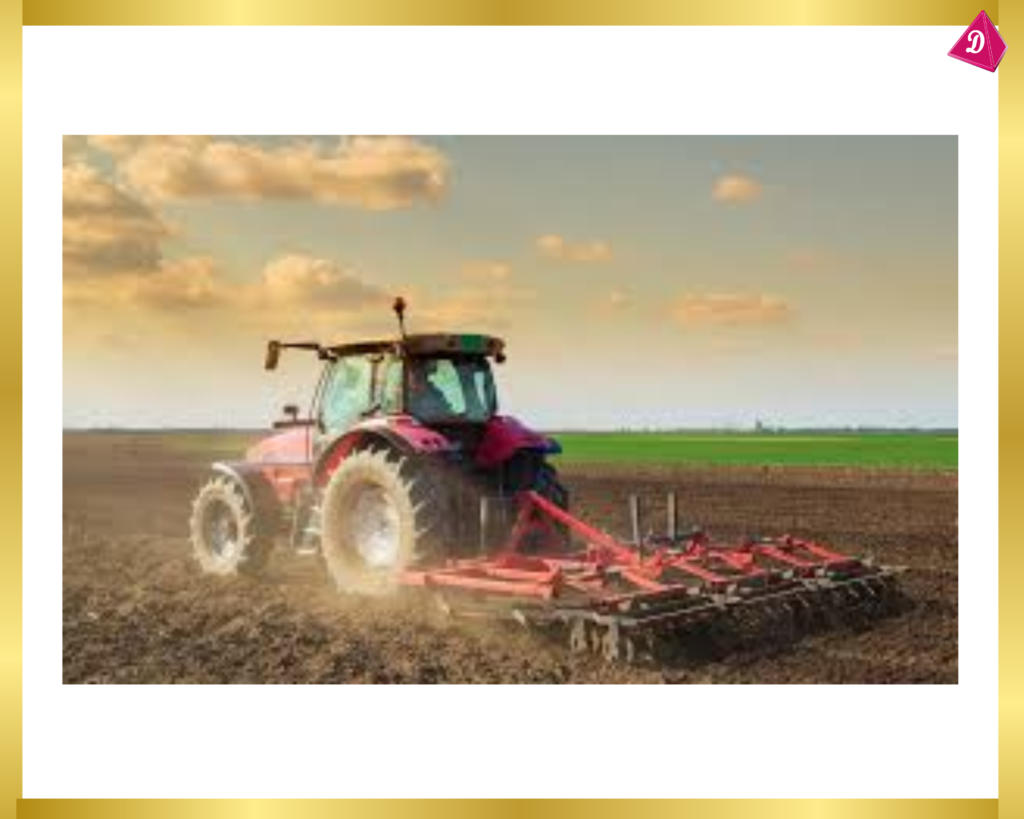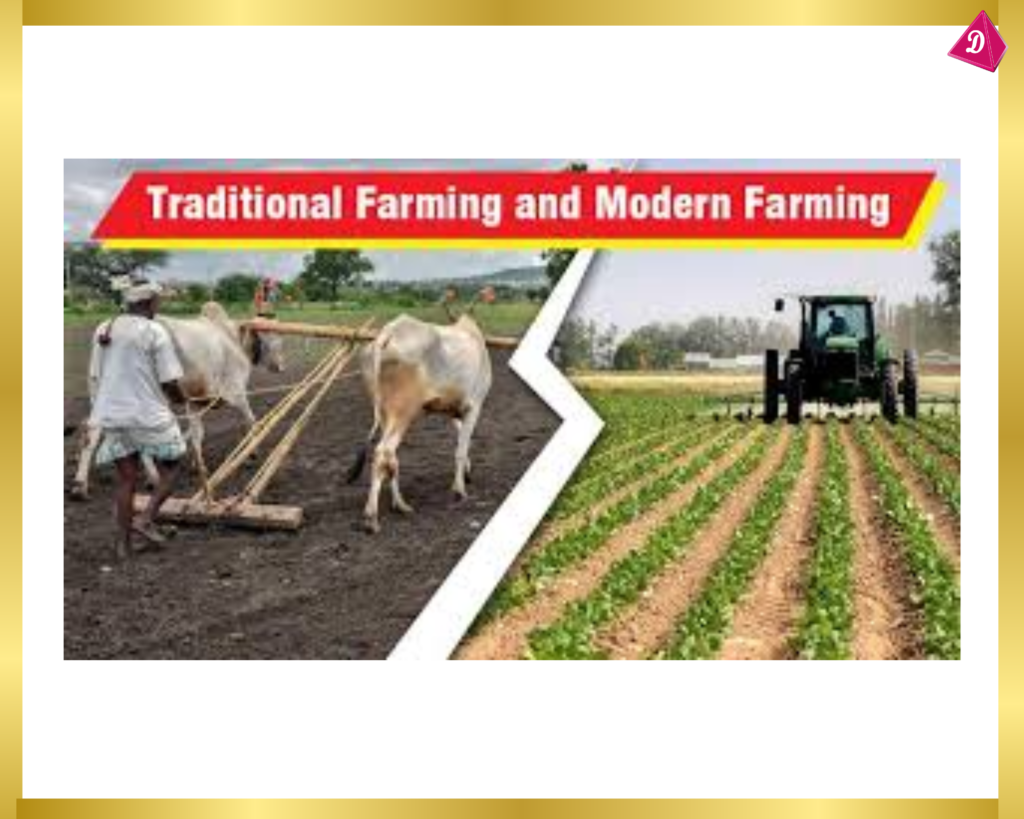Preparation Of Soil
key notes :
Importance of Soil Preparation:
- Essential for creating a good seedbed for crop growth.
- Helps in aerating the soil, improving water retention, and nutrient availability.
Steps in Soil Preparation:
- Plowing (Tilling):
- Turning and loosening the soil.
- Helps to break up hard soil layers and incorporate organic matter.
- Can be done using traditional plows, disc plows, or modern tillers.

- Harrowing:
- Further breaking down soil clods into finer particles.
- Levels the soil surface, creating a smooth bed for sowing seeds.
- Implements like harrows or cultivators are used for this purpose.

- Levelling:
- Ensures uniform distribution of water and nutrients.
- Prevents waterlogging and soil erosion.
- Can be done using wooden or iron levellers.

Addition of Organic Matter:
- Incorporating organic materials like compost, manure, or green manure.
- Enhances soil fertility and structure.
- Encourages beneficial microorganisms in the soil.

Weed Removal:
- Clearing the soil of weeds that compete with crops for nutrients and water.
- Can be done manually or using herbicides.

Testing Soil Health:
- Checking soil pH, nutrient levels, and moisture content.
- Helps in determining the need for fertilizers and amendments.

Benefits of Proper Soil Preparation:
- Promotes healthy root growth and better crop yields.
- Improves soil aeration, drainage, and nutrient availability.
- Reduces the presence of pests and diseases.
Tools and Equipment Used:
- Traditional tools: Plow, hoe, rake.
- Modern equipment: Tractor-mounted plows, rotavators, harrows.

Let’s practice!

